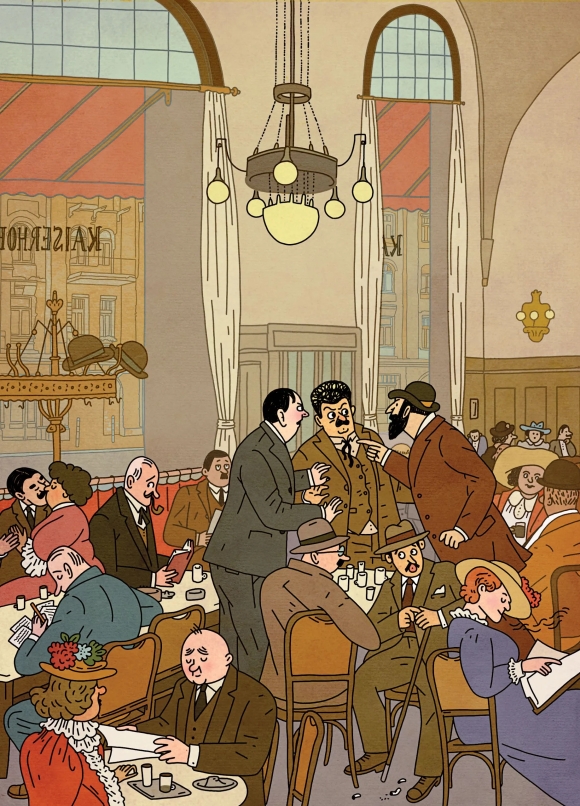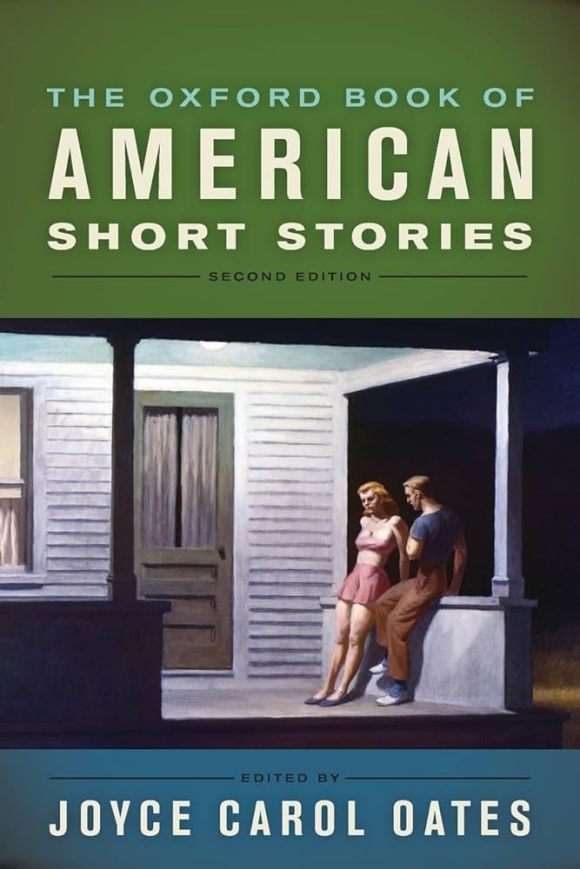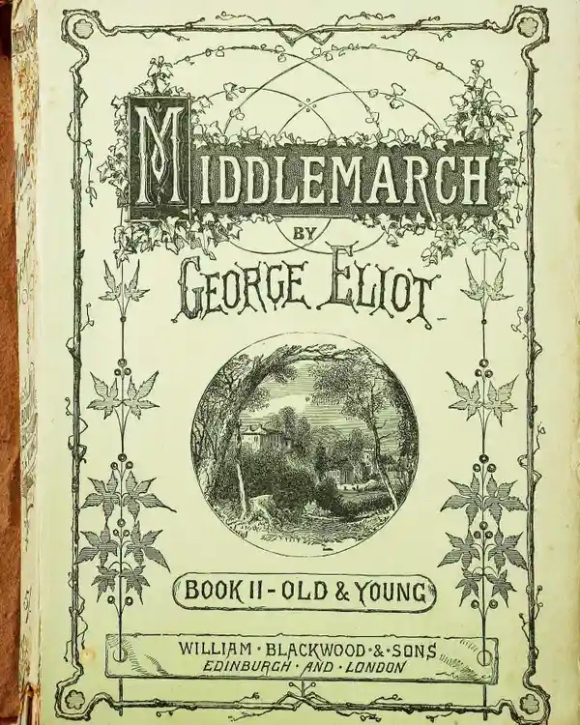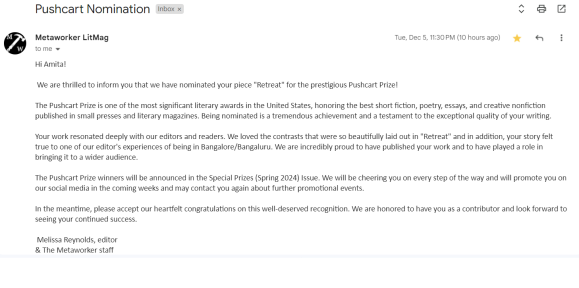Analog/Virtual (Hachette, 2020) is Lavanya Lakshminarayan’s debut, a collection of linked short stories set in a Bangalore of the near future.
After a global ecological catastrophe, there’s been a takeover by Bell Corporation, which rules a homogenised “post-national world.” Bangalore has been rebranded “Apex City”; here, as elsewhere, populations have been divided into classes along the new ‘bell curve.’ The top 90% of human society lives in a climate-controlled world dominated by virtual reality: with ubiquitous technology embedded in living spaces, skins, and brains. The bottom 10% of society are called Analogs: humans living in physical rather than virtual reality, in poverty, ‘forced’ to speak to each other in the flesh every day, and to deal with real-world climate issues outside the Virtuals’ (literal) bubble.
A review is more helpful if the reviewer discloses their biases. So here are mine. I don’t like most science fiction, though I read some from time to time. I’ve liked a few science fiction books: when (1) the science is well done, and in an area of science that I can evaluate: which restricts me to science fiction deeply engaged with human behaviour. Terminal Man; 1984; Brave New World. Or when (2) the fictitious world functions as a disruption of our assumptions about the world: confronting us with truths about the human condition that, day-to-day, scurrying about our own lives, we manage to overlook. All fiction has this potential; but non-realist fiction is perfectly positioned to reimagine reality by breaking rules in systematic ways. When we think it’s another world that’s being held up for review, we’re likely to be less defensive: to see its problems, and then perhaps to see that our own world has those problems too.
I did not like Analog/Virtual. But Lakshminarayan has won awards for her fiction. Keep in mind my personal biases before evaluating this book. For a debut author to be published is an enormous achievement: competition between writers is stiff, books themselves have numerous competitors for our attention, and a field of hurdles must be cleared. In particular, short story collections are a harder sell than novel; this holds true in India. Getting a book published by an established publisher is hard.
Whereas criticism, in its limited negative sense, is easy. It is up to the critic to justify why they did not like a book — and why they’re still reviewing it.
Analog/Virtual does not do its science well. Nor does it use the perception-disrupting potential of science fiction to reach meaningful insights about the human condition. I’ve not read or watched much science fiction — but even to me, not one of the numerous sci-fi details in this book was conceptually original or executed with meaningful nuance.
Analog/Virtual is easy reading, a competent if unoriginal debut.
Novel Disguised as Short Stories
Analog/Virtual is a novel disguised as a collection of short stories. The stories revolve around clusters of recurring characters, and are chronologically arranged in a grand storyline. And what is this grand storyline? Predictable. A subgroup of the Analogs, the outcaste 10%, are planning a revolution. Their goal? Equally insipid: demand equal rights, and equal access to the technology that we see clearly corrupting the Virtual world.
The 20 stories explore a cross-section of this new world order.
The Top 20
We spend time with the top 20% of this ‘meritocratic technarchy’ – with people who’ve been very good citizens. Hyper-productive, opinions perfectly aligned with the status quo, buying the ruthless motto du jour. (‘Bottom ten percent: mice, not men.’) In “The Persona Police,” high-flying Tanvi becomes pregnant, and outrages her peers by considering natural birth – rather than transferring her foetus to a ‘prega-pod’ to preserve her productivity and remain an inspiration to her millions of social media followers. She then outrages her peers by aborting the foetus – a violation of her procreative duty as a model citizen. Throughout the story, Tanvi is silenced. People open conversations with her, only to interrupt her with metronomic relentlessness. They’re intent on advising her about her pregnancy, her appearance, and her plans. Nobody wants to know what Tanvi wants to do. Everybody passes judgment on Tanvi. There’s facile judgment via SMS shorthand on social media. There are conversations between other powerful women, who censure Tanvi for failing to fully exploit the career opportunities that other women fought for – and, thus, letting down all womankind. The story makes the point that whatever decisions a woman makes, she can’t please everyone. A good point, though made with a jackhammer.
The Middle 70
We spend time with the middle 70%. In “Monsters Under the Bed,” John is a super-productive employee who’s up for a promotion. But his tastes in music need updating, and his political opinions need correcting. Enter the cleverly-named Ophelia, an Opinion Homogenisation Limitation and Alignment device. Ophelia corrects John’s neural responses to stimuli by such biologically impossible measures as “painlessly scraping his corneas” and sending “a wave of warmth through the [metallic] point where she touched him.” Much of this long short story is a demonstration of how Ophelia achieves behavioural modification: a demonstration with neither scientific validity nor human interest. We’re told about, but fail to wrestle with, John’s own dilemma about the ethics of what his people are doing, and about the ethics of sacrificing achievement for identity.
In “The Seven-Year Glitch,” Aditi has fallen in love with an unsuitable man, and is now having her responses rewired by an in-brain technological device. Aditi is being eyed for a top-tier job at Bell Corp; she’s opted for this performance-optimising technology, but she doesn’t like the erasure of her natural responses. The story touches on a key human dilemma: wanting to excel, but grudging the sacrifice of aspects of oneself. But it doesn’t do much with this: Aditi doesn’t seem consciously to want either achievement or love; she only resents the mind-control that she chose for herself. How is this ethical, emotional dilemma resolved? With impulsive, destructive action. Aditi fries her implanted chips and escapes the Virtual world — neatly sidestepping engaging with the dilemmas that the story gestures at.
The Bottom 10
We spend time with the bottom 10%. The collection’s opener is “The Ten-Percent Thief,” which documents Analog leader Nayaka stealing technology and other valuables from the Virtual world.
“Symphony for the Disenfranchised Teenager” takes us on a journey to the Electric Underground, which seems to be the Analogs’ imminent Revolution. Recruiting to the revolution takes the form of invites to a music concert via messages embedded in manually distributed music cassette tapes.
And In Between
We spend time with those moving between social classes. These are the collection’s most interesting pieces, where the rifts in this carefully-engineered world- system appear. In “Etudes,” Nina, born Analog, has been adopted by a Virtual family. Nina discovers her identity, and a passion for music. She has to learn music the old-fashioned way, minus the implanted gizmos of her born-Virtual peers. The story argues that Nina’s lack of technology is not obstruction but bonus: it allows her to ‘play from the soul.’ A hackneyed thesis, but a passable story.
“Into That Good Night” documents Sasha, who’s been booted from the Virtual world and thrown into a dark prison, from which she expects to be released. Short and focused, “Into that Good Night” is the most poignant story in this collection. It benefits from foregoing superficial references to technology, and engaging deeply and honestly with the human.
Drawbacks of The Book’s Format
The short story format and the lack of a protagonist allow Analog/Virtual a narrative freedom that remains unexploited. The style is consistently bland, if eminently readable. In common with many mass-market paperbacks today, paragraphs are 1-3 sentences in length, limiting conceptual nuance. Of the 20 stories, 16 are told in third-person. Three are narrated in first-person; a fourth (“The Seven-Year Glitch”) partly in second-person. One or two other stories feature portions written in SMS language, littered with hashtags. But these stylistic differences are nominal. Most of the 20 stories read the same in style and tone. In the rare stories when the style is varied, this variation falls flat.
“A Parable from the Heart of the Sea” is written in cosmogonic epic style, but it doesn’t work. ‘The ocean was vast ad empty. An endless expanse of blue.’ Sounds like the ocean is all there is, but then ‘The ocean laughed at the fragility of all that lay before it.’ Even in a parable, the timeline must be clear. Here, the story swings between the the ocean having already consumed everything else, or being still in the process. Then, ‘Deep down in [the ocean’s’ reaches stirred a bubble of heat. The bubble poured out through a small crack, in a crag long since swallowed by the ocean’s fury.’ This sounds like heat that’s escaped the ocean-floor from a seismic crack. But how, if the crack itself has been ‘swallowed by the ocean,’ does the isolated bubble of heat grow — at the very cold, high-pressure ocean bottom — into a ‘molten pool [that] frothed and bubbled and… slowly grew into a steady stream’ — ? This is just one of numerous glaring mechanical inconsistencies, serious in a book of science fiction. “Parable” functions as a warning about the imminent Revolution: the Revolution is the mysterious “warm stream” that will overpower the ocean. But that message is amply clear elsewhere. This story is superfluous to the narrative, and adds nothing to it stylistically.
All Tell, No Show
Analog/Virtual is swamped with lengthy expositional segments, with some stories reading entirely as infodumps. Long-term colleagues give each other overviews of projects they’ve been working on for years, Family members brief each other about another family member’s history.
“Welcome to the Machine” uses a guided schooltrip as an excuse to tell us in great detail (1) that machines have been taking over human jobs, (2) about various aspects of Virtual technology and mind-control, and (3) about a character who’s missing, presumed dead. This story exists to illustrate that the Virtual overlords’ crimes are turning some of their own against the system: but a goal it achieves through many pages of tedious infodump.
The stories jump around, superficially embodying exposition as the perspective of various characters – characters defined purely by their plot purpose , which is in turn defined by their position in society. Analog/Virtual’s characters are placeholders for flesh-and-blood people. The novel-in-short-story structure could’ve set the stage for several interesting characters. Instead, we have none.
Political Correctness: Check. Credible People and Places: Not so Much
Analog/Virtual ticks all the PC boxes. A random half of all characters is female, doing strong-female things like working with hardware and punching other females; in the sense that the collection does have a leader, it is the female leader of the Analogs’ Revolution. Plenty of characters have Christian and Muslim names, and “Avatars” has a character whose chosen personal pronoun is “they.” But all this variety is superficial. None of the characters reads Muslim, female, or gender-fluid. None of them reads even Indian. They all speak the same: we are told that “trad” is the outdated dialect of the Analogs, but neither by name nor by speech can you tell any character from any other. The book is set in Bangalore only nominally: there is no sense of place.
Perhaps this is the point. Analog/Virtual keeps reminding us that it deals with a postnational world. Uniqueness of place and person have been deliberately erased. Conceptually, this is a tremendous loss: a continuation of the cultural homogenisation our world has been seeing for decades. But the book neither makes me ache this massive loss, nor hints at a possibility beyond this blandness. It bores me with its unmemorable places; with its barrage of characters who sound, think, and act all the same. The stories’ concept of a homogenised world becomes an escape from characterising any character, individualising any place.
Broad But Not Deep
Analog/Virtual is broad but not deep. It’s a hodge-podge. The stories are littered with references to technologies. Either variants of technologies we already have today, or with names unmistakably illustrating their purpose (which itself is unrealistic: most current technologies have names either inscrutable or brand-named: iPod, Twitter, Xerox, Tumblr, Android). The book offers us Prega-pods. Reflecto-screens. Hygieno-Bots. The social media platforms Woofer, HoloTube, and InstaSnap. Today’s data-cloud has become the Virtuals’ ominously-named Nebula. (In a flash of inspiration, the book describes the Analogs building their own Forest: a communal upcycled artwork project that turns out to have functions parallel to the Nebula.) There’s teleportation, self-driving cars, regulated artificial reproduction, genetic engineering, mind control, climate control, immersive 3D, a barren artificial landscape, PanOptiCam surveillance, environmental protests, and an underclass of technologically-deprived outsiders who get “harvested” on “vegetable farms.” There are BioChips, InEars, OmniPorts, intel-glasses, BellCoin, Clima-tech, holo-tech, and neo-Acoustica: music that sounds like real acoustic instruments and is fetishised by those whose lives are otherwise purely virtual. A legion of sci-fi concepts that’ve been developed with more scientific accuracy and more human interest in dozens of science fiction books and films.
There are clichés without end. An Analog musician wins a contest against Virtual peers armed to the teeth with technology – because ‘she plays from the soul.’ One story informs us: ‘Mentally, there is no logic capable of processing love. It cannot be derived.’
There is some clever slang. A ‘bottom feeder’ is a loser. To be ‘harvested’ is to be damned. There are some clever cultural references. Ancient Rome’s yearly Saturnalia has become a weekly Hypernalia. In a nod to 1984, communities living outside the Analog/Virtual cities are called ‘socs.’
Not one of the numerous technologies the book refers to is developed with scientific credibility. Eexplorations of the techs’ emotional and social impacts are superficial, a barrage of unconvincing telling. The technologies are placeholder bars in the prison of artifice of this post-apocalyptic world.
And the book is very clear that this is a prison: not one of the book’s technologies is depicted in a positive light. All these techs are making the Virtuals shallow, vain, blind sheep. The collection’s title story follows a day in the life of Anita, newly demoted from the middle 70%, at risk of permanent deportation into the Analog world. Panicked, Anita resolves to claw her way back into the middle by obeying the instructions BellCorp relays to her. She ventures out into the real world, which to the reader doesn’t seem bad. Anita’s efforts succeed. At story’s end, her reward is the knowledge that ‘Soon, I’ll never have to step out into the real world again.’ This is not a world with whom we’re meant to have any sympathy. To that extent, the book succeeds. But it sacrifices its characters, too. It fails to create any character interesting enough for us to get behind.
The Book’s Strengths
Analog/Virtual’s strength lies in its explorations of the human implications of our own world. For, under the surface, these stories’ world is in fact our own. It is ruled by the same cultural phenomena as ours. The obsession with productivity. The belief that the virtual life is more privileged than the life in the flesh. The willingness to fall in line with any social structure as long as we’re safe. The obsession with image. The obsession with superlatives, manifested in the new names of every surviving. human city. Apex. Crown. Pinnacle. The obsession with the visual image on the flat screen, in a world where an increasing proportion of interactions happen screen-to-screen. The impossibility of being an authentic individual in a world driven by Likes and “virality.” The erosion of attention spans and of meaningful communication by social media, most clearly parodied in “Be-moji” — where wearable face-balloons morph to reflect emotions and superannuate verbal communication. These are the themes Analog/Virtual explores: while remaining itself an inch-deep pandering to the five-second attention-span.
Scattered amid the predictable plots and interchangeable characters are insights into human behaviour in today’s technologically obsessed world. Insights into the cultural superstructure with which economic status quos self-perpetuate: ‘Every system believes itself to be the perfect system.’ Insights into the human love of beauty, even when facing starvation and squalor: the poverty-stricken Analogs’ ‘Forest’ communally built from scrap metal.
The frightening truth is that Analog/Virtual’s world is just a step away from ours. The book holds up a mirror to who we are today. The sight it shows us is ugly. The book serves an important function: a wakeup call. Its heart is in the right place: it engages with the power of science fiction to draw attention to the deep injustices and superficiality in our own society.
Analog/Virtual would have been a better book had it kept its sights trained on the human, with a focus narrower and deeper. As it stands, it is a passable book with some potentially interesting concepts, glimmers of insight, and competent storytelling. All told, Analog/Virtual is a respectable debut from a writer who clearly has a talent for world-building, a passion for storytelling, and a commitment to literature as a mirror and as a tool for change.
Enter your email ID for weekly updates about new articles and stories.







One reply on “Analog/Virtual And Other Simulations of Your Future”
[…] don’t much care for science fiction. But I thoroughly enjoy the handful of well-written science-fiction novels I’ve read: including […]
LikeLike